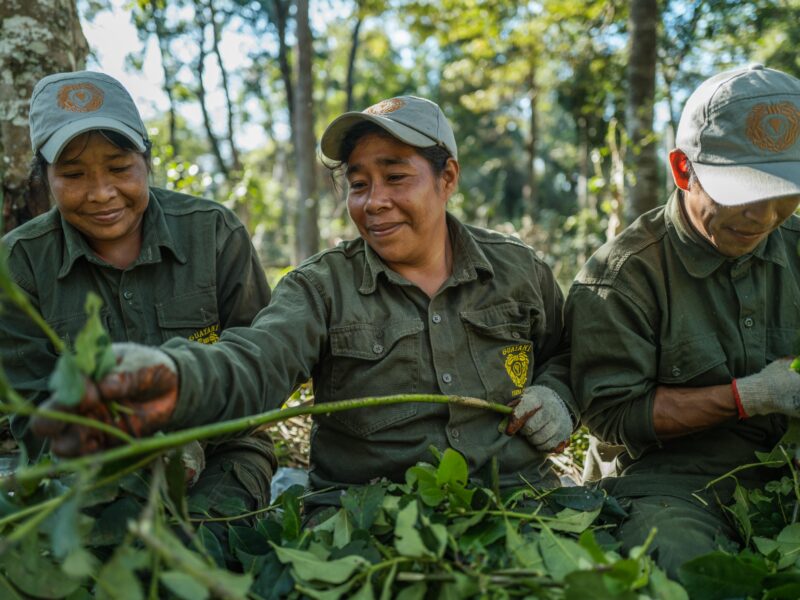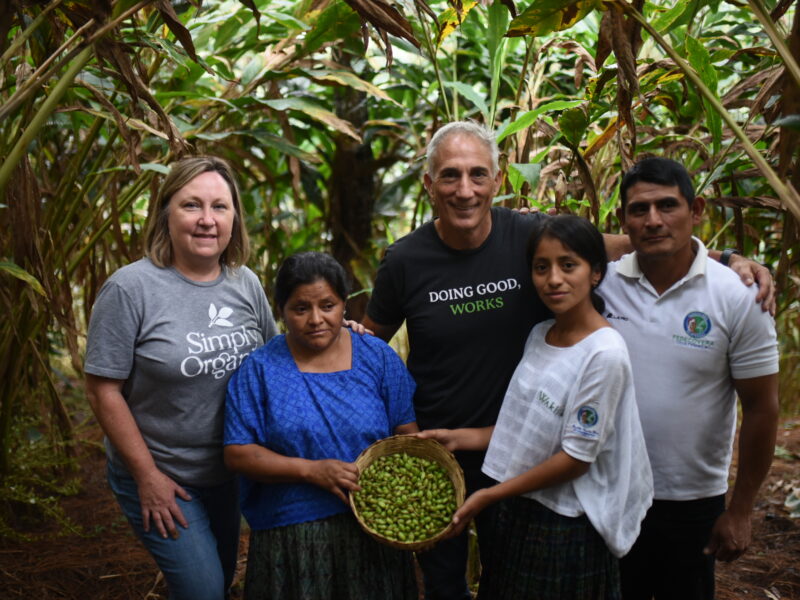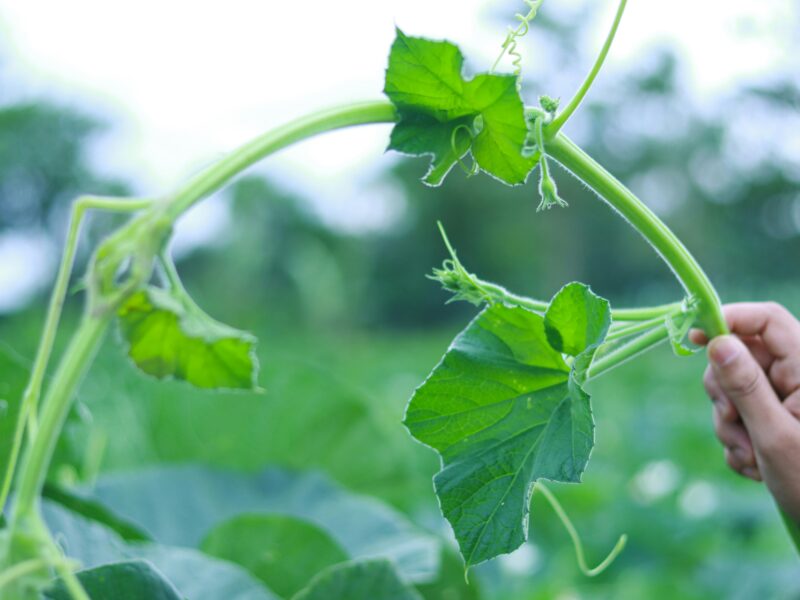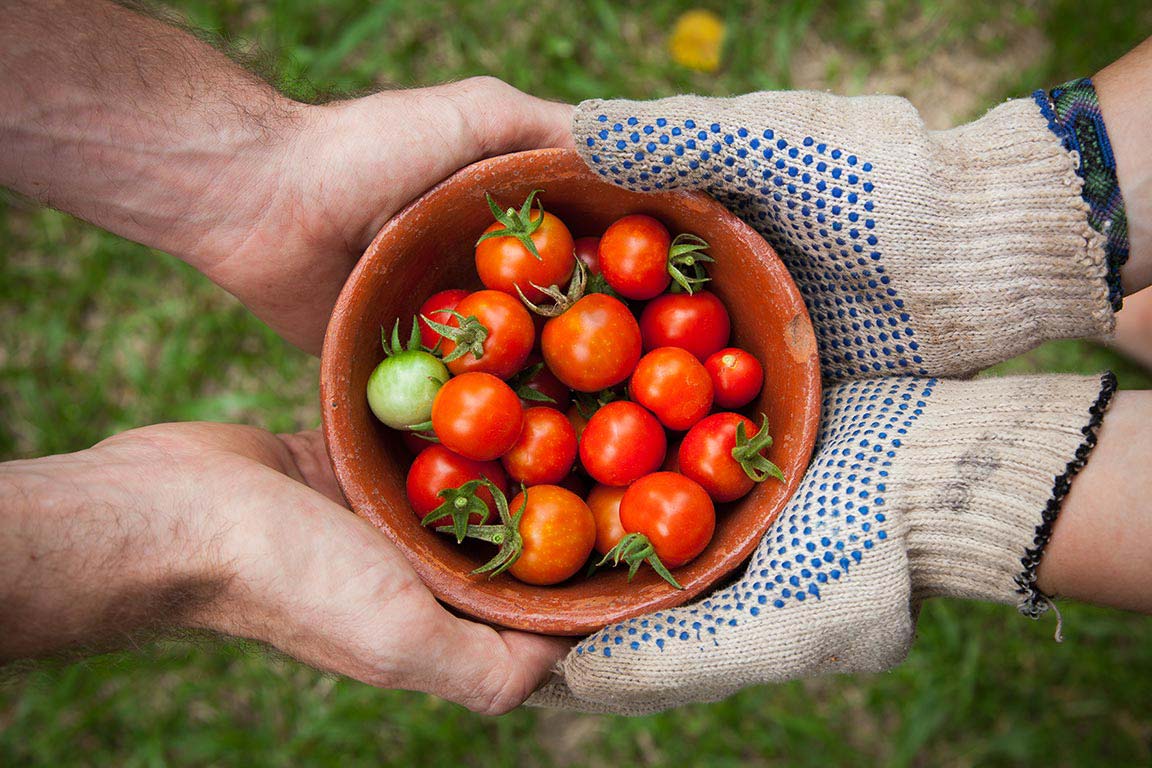Nearly 70 percent of conventionally grown produce samples were contaminated with synthetic pesticide residue, according to EWG’s 2017 Shopper’s Guide to Pesticides in Produce released last month. EWG analyzed data from the U.S. Department of Agriculture on 48 fruits and vegetables.
The Environmental Protection Agency regulates how much chemical pesticide residue is allowed on food crops, however critics often complain that the regulatory process may overlook scientific research showing harm to human health and the environment. While synthetic pesticide residues found on conventional produce have decreased since Congress passed the Food Quality Protection Act in 1996, they still remain and pesticide use by total volume continues to grow.
Conventional farming has become quite reliant on synthetic pesticides, especially in the production of genetically modified crops. Synthetic pesticides are used to repel and kill pests, but they can also harm other living organisms and are often detrimental to the environment and human health. Chemicals like chlorpyrifos, which has been linked to nervous system damage and lower IQ in young children, are being used today on conventional farms throughout the U.S. Many other synthetic pesticides have been linked to health issues such as endocrine disruption, behavioral issues in children and developmental issues.
One type of synthetic pesticide is systemic pesticides, which are either applied to the seeds, soil or leaves of a plant, and are then absorbed. This allows for the chemical to distribute throughout the plant and kill insects that feed on it, but makes it impossible to wash off. The Pesticide Action Network reviewed tests conducted by the USDA from 1999 to 2007 on systemic pesticides and found that 74 percent of conventionally grown lettuce and 70 percent of conventional broccoli contained their chemical residues.
But there’s another kind agricultural pesticide: naturally occurring pesticides, which are used in organic agriculture. Organic farming has much stricter regulations when it comes to chemicals. The organic industry has an independent body that reviews which natural pesticides are allowed for use, called the National Organic Standards Board. The NOSB meets once a year to review all current and new natural pesticides on the market. Natural pesticides must be evaluated for effects on humans, animals and the environment before they are approved, and must also fit into a sustainable agriculture practice. Natural pesticides do not damage the health of the plant and soil, and in turn do not have a negative impact on the environment and other living things. In addition, these pesticides are only used as a last resort and farmers must prove they have already attempted using other methods to solve the issue.
In a 2006 study, children were fed a diet of conventional foods followed by a diet of organic foods, which showed that chemical levels fell up to 49 percent for certain pesticides when the children were consuming organic foods. Another study by Consumers union, which looked at USDA data, showed that 73 percent of conventionally grown food had at least one pesticide residue – this is much higher compared to organic foods. In EWG’s 2017 Shopper’s Guide, almost a third of the produce tested positive for more than one synthetic pesticide, which is worrisome as the effects of mixing pesticides are unknown.
Can you wash off pesticide residue?
Yes and no. Washing your fruits and vegetables can help get rid of some pesticide residue. In a 2000 study by the Connecticut Agricultural Experiment Station found that rinsing certain produce under tap water for 60 seconds worked just as well as using a commercial vegetable wash. It has also been proven that washing produce either directly under the tap or in a colander is more effective than dunking or submerging it in a bowl of water.
Despite the fact that you can wash off some pesticide residue, it is next to impossible to wash it all off and impossible to wash off systemic pesticides. Some fruits and vegetables have skin that allow chemicals to stick to the produce, while others can have residues sealed under a coating or wax. In fact, USDA’s testing of synthetic pesticide residues on produce occurs after the produce has been washed or peeled. EWG’s Dirty Dozen list using this data shows that pesticide residues persist even after foods are prepared as they would be at home.
The moral of the story? Buy organic produce whenever possible, but when it’s not an option check EWG’s Dirty Dozen and Clean Fifteen lists to see which fruits and vegetables you should always buy organic.









